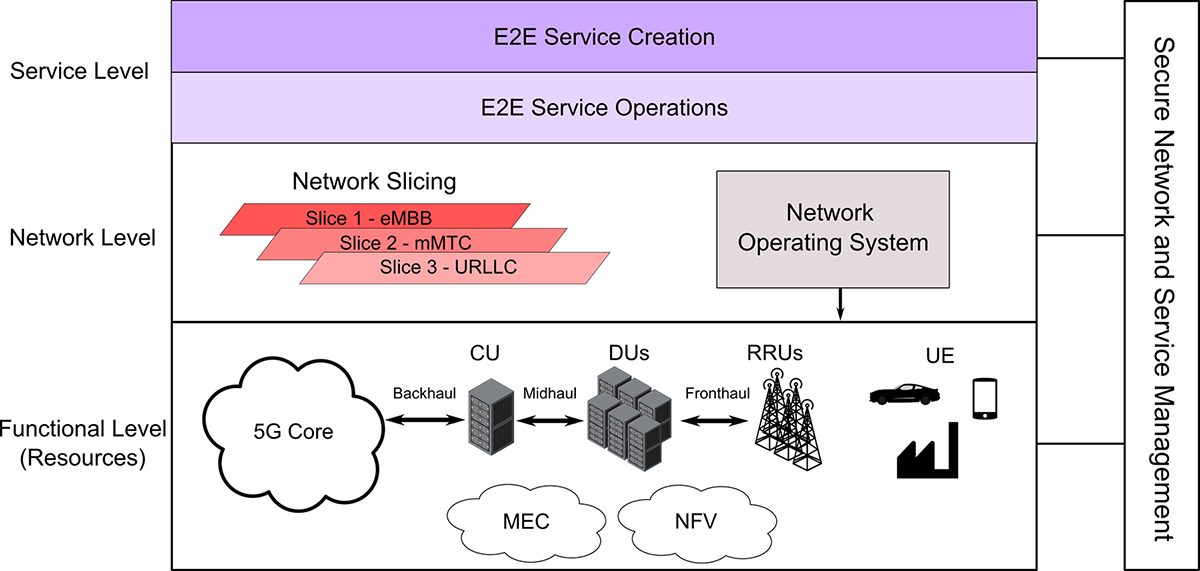Flexible SDR System Architecture: Future-Ready Wireless Network Design
telcomatraining.com – In today’s rapidly evolving digital landscape, wireless communication technologies are constantly pushed to their limits. From the rise of 5G to the anticipated arrival of 6G, flexible and scalable systems are now essential. A key enabler of this transformation is Software-Defined Radio (SDR). With a flexible SDR system architecture, developers and engineers can design and implement future-ready wireless networks that adapt to evolving standards, frequencies, and protocols.
What is Software-Defined Radio (SDR)?
Software-Defined Radio (SDR) is a radio communication system where components traditionally implemented in hardware—such as mixers, filters, modulators, and demodulators—are instead implemented by means of software on a computer or embedded system. This shift from hardware to software brings about an unprecedented level of flexibility, adaptability, and upgradability.
Unlike traditional radio systems, SDR can be easily reprogrammed to support multiple standards, making it ideal for applications where technological change is constant. This includes everything from cellular networks and IoT connectivity to satellite and military communications.
The Importance of Flexibility in SDR Architecture
Flexibility is not just a feature—it is a necessity in modern network design. A flexible SDR architecture supports:
- Multiband and Multimode Operations: SDR systems can switch between different frequency bands and communication standards without the need for hardware changes.
- Remote Updates and Reconfiguration: New features or protocol updates can be deployed through software updates, saving time and reducing operational costs.
- Interoperability: A flexible architecture enables integration with various devices and systems, regardless of vendor or platform.
This adaptability is crucial in a world where new use cases and standards emerge rapidly. From smart cities to autonomous vehicles, networks must be capable of evolving to meet new demands.
Key Features of a Future-Ready SDR System
- Modular Design
A modular SDR system allows components to be added, removed, or upgraded independently. This facilitates easier customization and scalability for various applications. - Cloud Integration
Cloud-based SDRs enable remote signal processing, centralized control, and real-time data analytics. This reduces latency and enhances network management efficiency. - AI-Driven Adaptability
Incorporating artificial intelligence into SDR systems allows for dynamic spectrum management and real-time decision-making based on traffic patterns and environmental conditions. - Open Standards and APIs
A future-ready SDR architecture supports open interfaces and APIs, promoting cross-platform compatibility and simplifying integration with other systems.
Use Cases of Flexible SDR Systems
- 5G and Beyond: SDR enables telecom providers to quickly adapt their infrastructure for 5G rollouts and future 6G implementations.
- IoT Connectivity: Flexible SDR platforms support diverse IoT devices with varying communication protocols.
- Defense and Aerospace: SDR’s adaptability allows military forces to operate across different environments and threat landscapes with a single communication platform.
- Disaster Response: During emergencies, SDR systems can rapidly switch modes to maintain critical communications when conventional systems fail.
Benefits of Investing in SDR-Based Network Design
Companies and organizations that adopt flexible SDR architectures benefit from:
- Reduced Capital Expenditure: Software updates extend hardware lifecycles, minimizing the need for frequent replacements.
- Faster Time-to-Market: New services can be rolled out more quickly with software-driven modifications.
- Enhanced Security: Real-time updates and dynamic encryption capabilities improve network security.
- Sustainable Growth: As global communication needs expand, SDR systems provide a foundation that grows with the demand.
Conclusion
The future of wireless communication depends on systems that are not only powerful but also agile and intelligent. A flexible SDR system architecture provides the backbone for such networks—offering cost-effectiveness, scalability, and future-proofing capabilities. As the world moves toward a hyper-connected reality, investing in SDR technology is no longer optional; it is a strategic imperative for building resilient, adaptive, and future-ready wireless networks.







